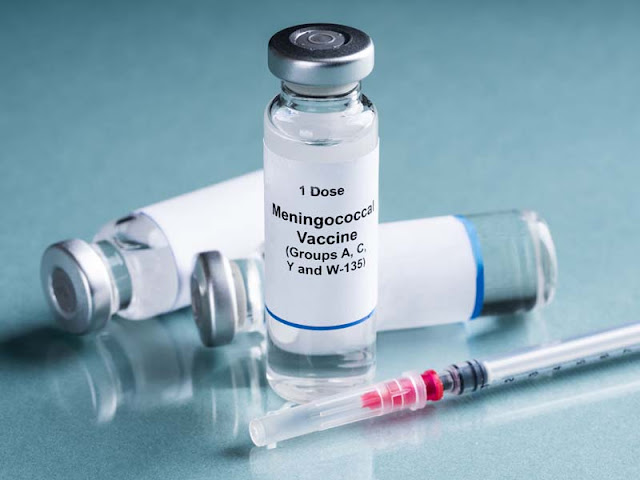Stem Cell Assay: Unlocking the Potential of Regenerative Medicine
 |
| Stem Cell Assay |
Stem cells hold tremendous
promise for the field of regenerative medicine. However, developing safe and
effective stem cell-based therapies requires thorough research and testing at
various stages. Stem cell assays play a crucial role in evaluating stem cells
and guiding their clinical applications. This article discusses the importance
of stem cell assays and highlights some key assay types that are helping
advance regenerative medicine.
Characterization of Stem Cells
The first and most fundamental
step in stem cell research is to properly characterize and identify stem cells.
Stem cell assays are used to verify that a cell culture contains the desired
type of stem cells and to evaluate their purity and potency. Common
characterization assays include:
- Immunophenotyping: This uses
cell surface marker detection through techniques like flow cytometry to
identify stem cell subtypes based on their unique protein signatures.
- Pluripotency assays: These
determine if pluripotent stem cells like embryonic stem cells can differentiate
into various cell types of the three germ layers - endoderm, mesoderm and
ectoderm. Examples are teratoma formation assays and immunostaining for
lineage-specific markers.
- Differentiation assays:
Researchers induce stem cells to differentiate down specific lineages and then
assess the expression of differentiation markers through methods like
quantitative PCR and immunostaining. This helps establish the differentiation
potential of the cells.
Safety Testing of Stem Cells
Before any stem cell therapy can
enter human trials, it needs to pass rigorous safety testing. Stem cell assays
are indispensable for safety assessment at the preclinical stage:
- Chromosomal stability assays:
These check for chromosomal abnormalities in cultured stem cells to ensure no
detrimental genetic changes have occurred. Karyotyping and DNA fingerprinting
are common methods.
- Tumorigenicity assays:
Researchers implant stem cells into immunodeficient animal models to monitor
for tumor formation over periods of weeks to months. This examines the risk of
tumorigenicity from residual undifferentiated stem cells.
- Contamination screening: Assays
screen stem cell cultures for microbiological contamination from bacteria,
viruses, mycoplasma or fungi using techniques like PCR and culture-based
microscopy methods.
Optimization of Differentiation
Protocols
Deriving functioning adult cell
types from pluripotent stem cells remains a challenge. stem
cell assay are pivotal for optimizing differentiation protocols:
- Molecular assays: Quantitative
PCR, mass spectrometry and gene expression microarrays analyze changes in gene
and protein expression during different stages of the differentiation process.
This provides insights into signaling pathways to guide protocol adjustments.
- Immunocytochemistry: Staining differentiated
stem cells for cell type-specific markers helps quantify the efficiency and
purity of the differentiation protocol. Researchers can then modify culture
conditions accordingly.
- Functional assays: These
ascertain if differentiated cells exhibit specialized cellular functions, for
example insulin release by pancreatic beta cells or electrophysiological
activity of neuron or heart cells. Protocol fine-tuning is based on assay
readout.
Applications in Disease Modeling
and Drug Development
Stem cell modeling of diseases
has vast potential for basic research and drug discovery. Relevant stem cell
assays include:
- Disease-specific
differentiation: Stem cells are directed to differentiate into disease-relevant
cell types like dopaminergic neurons for Parkinson’s modeling or cardiomyocytes
for cardiac disorders.
- Genetic modification: Gene
editing enables generation of cell lines harboring disease-causing mutations to
serve as in vitro disease models. Assays evaluate the resultant cellular phenotype.
- Drug response assays: Stem
cell-derived disease models are used to study pathogenic mechanisms and screen
libraries of small molecules, monitoring cellular responses through markers,
imaging or functional readouts.
- Toxicity testing: Assays evaluate
the safety and side effects of new drug candidates using stem cell-derived
tissue and organ constructs that mimic in vivo tissue complexity. This
facilitates early detection of drug toxicity.
Get More Insights Here
https://www.pressreleasebulletin.com/drug-discovery-through-cutting-edge-stem-cell-assays/



Comments
Post a Comment